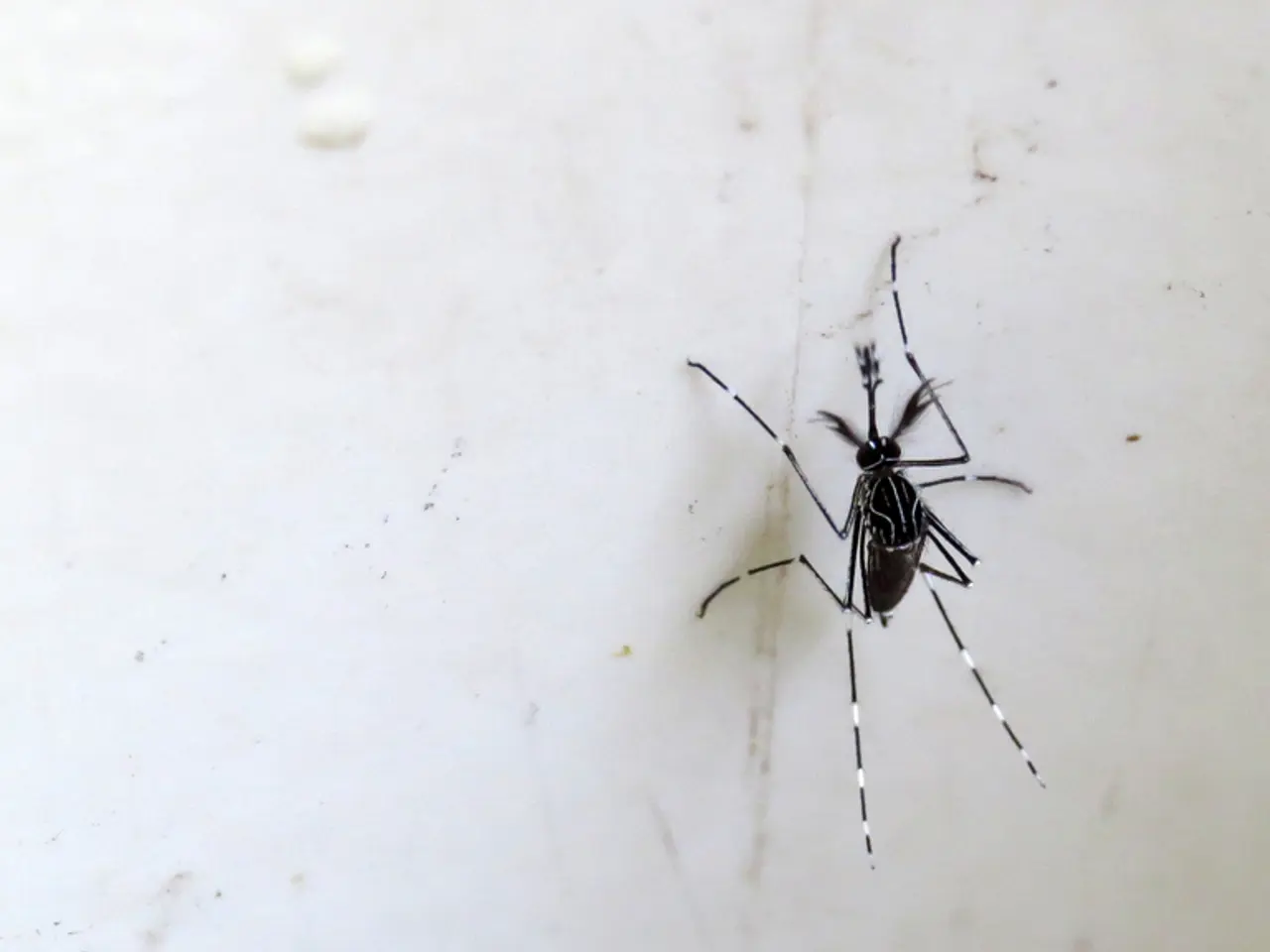South American regions witness an increase in cases of yellow fever
News Article: South American Yellow Fever Outbreak and Response Efforts
The ongoing yellow fever outbreak in South America, particularly severe in Colombia and neighboring regions, has become a significant public health challenge due to its high fatality rate and expanded geographic reach.
Severity and Spread
As of late July 2025, over 320 confirmed cases of yellow fever have been reported, with a concerning 40% fatality rate among confirmed cases[1]. Colombia, specifically the Tolima Department at high altitudes, has been hit hard, reporting approximately 100 cases and 35 deaths by mid-2025[2][3]. The disease is increasingly spreading into new areas due to changes in climate and urban encroachment on forests, which increase human contact with the mosquito vectors[1][3].
Health System Preparedness
Regional health systems are considered underprepared for mass outbreaks, partially due to the strain and excess mortality observed during recent pandemics like COVID-19[1]. There is an urgent need for improved surveillance and rapid response capabilities to detect and contain outbreaks before they spread to urban centers.
Vaccination as the Primary Prevention Measure
Vaccination campaigns have been intensified in Colombia and other affected countries. People aged 1 to 59 in at-risk areas are strongly recommended to get vaccinated[2][3]. The Pan American Health Organization (PAHO) has issued epidemic warnings and reinforced vaccination recommendations for both local populations and international travelers visiting endemic or outbreak zones[1][4]. Vaccines such as the YF-VAX are available through certified travel clinics and pharmacies, especially for travelers to affected regions[2][4].
Additional Prevention and Control Measures
Public health authorities advise avoiding mosquito bites by using insect repellents, wearing protective clothing, and controlling mosquito breeding sites. Monitoring and managing environmental factors like deforestation and urban expansion that contribute to increased vector-human contact are essential long-term strategies[1][3].
Economic and Broader Health Impacts
Vaccination programs during outbreaks provide substantial economic benefits by preventing deaths and disability-related costs, highlighting vaccination as a cost-effective intervention[4]. Expanding yellow fever into new areas underscores the influence of climate change on infectious disease dynamics, requiring adaptable and resilient health system responses[3].
Looking Ahead
In summary, South American health systems are addressing the 2025 yellow fever outbreak through accelerated vaccination efforts, heightened surveillance, public education, and vector control, but face challenges related to preparedness and emerging risk areas. The PAHO's epidemic warnings and vaccination promotion are central to prevention strategies aimed at controlling this deadly outbreak[1][2][3][4].
Elsewhere, political developments are shaping the landscape. In El Salvador, the legislature approved constitutional amendments removing term limits, potentially allowing its President Nayib Bukele to rule for life. This move has sparked debate and concerns about the future of democracy in the region.
Meanwhile, the US Senate vote in which the majority of Democrats voted to block weapons sales to Israel signals a break in the bipartisan consensus in Washington backing its ally. These developments mark a significant shift in international relations, with potential implications for global security and diplomacy.
[1] BBC News. (2025, July 28). Yellow fever: South America outbreak spreads. Retrieved from https://www.bbc.com/news/world-latin-america-57981477 [2] Reuters. (2025, July 15). Colombia declares yellow fever emergency in 3 departments. Retrieved from https://www.reuters.com/world/americas/colombia-declares-yellow-fever-emergency-3-departments-2025-07-15/ [3] World Health Organization. (2025, July 23). Yellow fever in South America. Retrieved from https://www.who.int/news-room/q-a-detail/yellow-fever-in-south-america [4] Pan American Health Organization. (2025, July 16). Yellow fever outbreak in South America. Retrieved from https://www.paho.org/hq/index.php?option=com_content&view=article&id=15529:yellow-fever-outbreak-in-south-america&catid=104:news-by-topic&Itemid=499
In the face of the ongoing South American yellow fever outbreak, there is an increasing need for advancements in science, particularly medical-conditions, health-and-wellness, and environmental-science to combat the disease. For instance, understanding the environmental factors that contribute to increased vector-human contact could inform strategies for mosquito control, thereby reducing the risk of further contagion. Additionally, vaccine development and distribution strategies, such as those used for YF-VAX, in at-risk areas would bolster healthcare systems' prevention and response measures against yellow fever.




